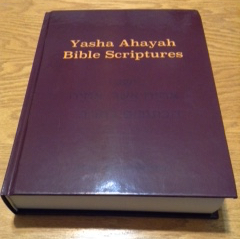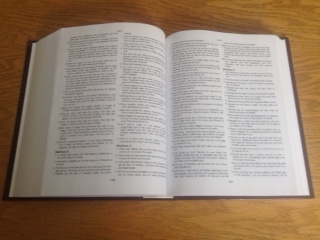
Another discovery! Yâsha in Papyrus 46
Papyrus 46 (in the Gregory-Aland numbering) is one of the oldest extant New Testament manuscripts in Greek, written on papyrus, with its ‘most probable date’ between 175 and 225.
https://en.wikipedia.org/wiki/Papyrus_46
Because of its early date, P46 shows some of the earliest forms of nomina sacra, using certain three-letter abbreviations (e.g. ιηϲ) rather than the two-letter forms (e.g. ιϲ) which began to replace them in the fourth century. https://www.lib.umich.edu/reading/Paul/nominasacra.html
ιϲ=iota sigma=Yasha (see Codex Sinaiticus 4th century)
ιηϲ=iota eta sigma=Yâsha (Papyrus 46)
Eta (uppercase Η, lowercase η; Ancient Greek: ἦ is the seventh letter of the Greek alphabet. Originally denoting a consonant /h/, In the system of Greek numerals it has a value of 8. It was derived from the Phoenician letter heth. https://en.wikipedia.org/wiki/Eta
Heth Ḥet or H̱et (also spelled Khet, Kheth, Chet, Cheth, Het, or Heth) is the eighth letter of the Semitic abjads, including Phoenician Ḥēt, Hebrew Ḥēt ח, https://en.wikipedia.org/wiki/Heth
The sound of the letter, in ancient (Paleo Hebrew) and modern times, is a guttural “hh” (as in the “ch” in the name Bach).
http://www.ancient-hebrew.org/alphabet_letters_hhet.html
so ιηϲ=Ya”h”sha or Yaasha= Yâsha in Paleo Hebrew.
You can view photos of P46
here; http://earlybible.com/manuscripts/p46.html
Nice to know that the Messiah was known as Yâsha between 175 and 225AD.


